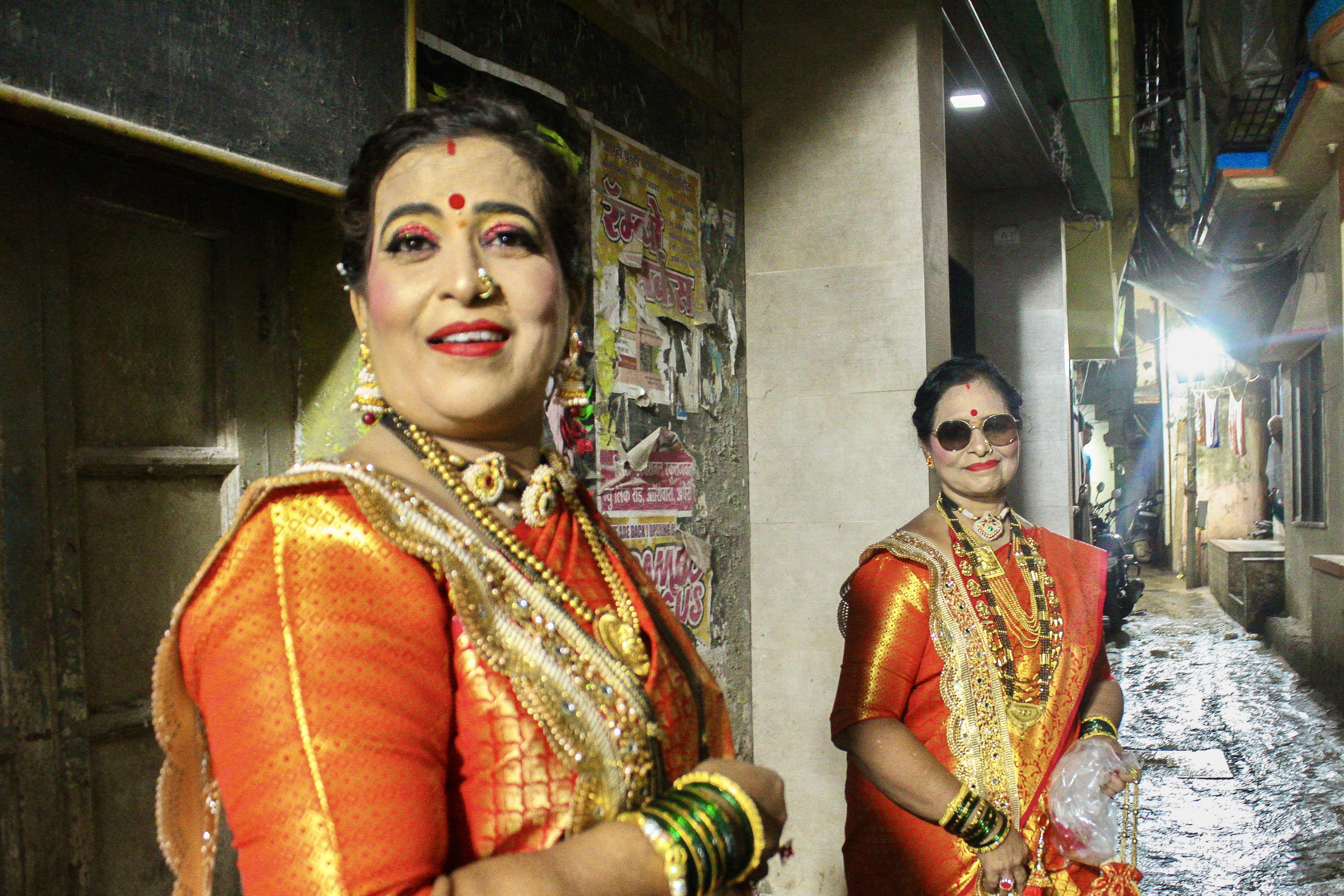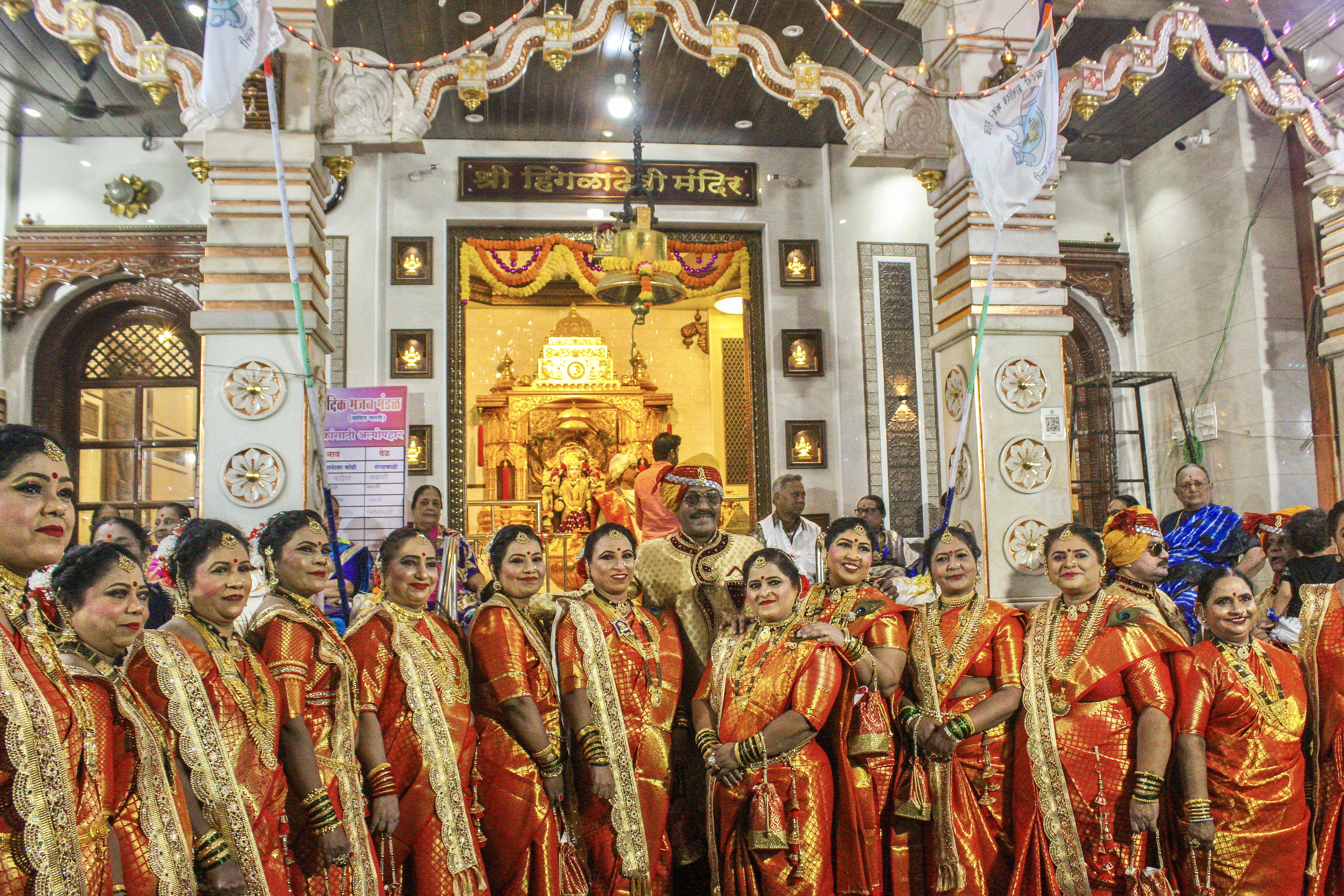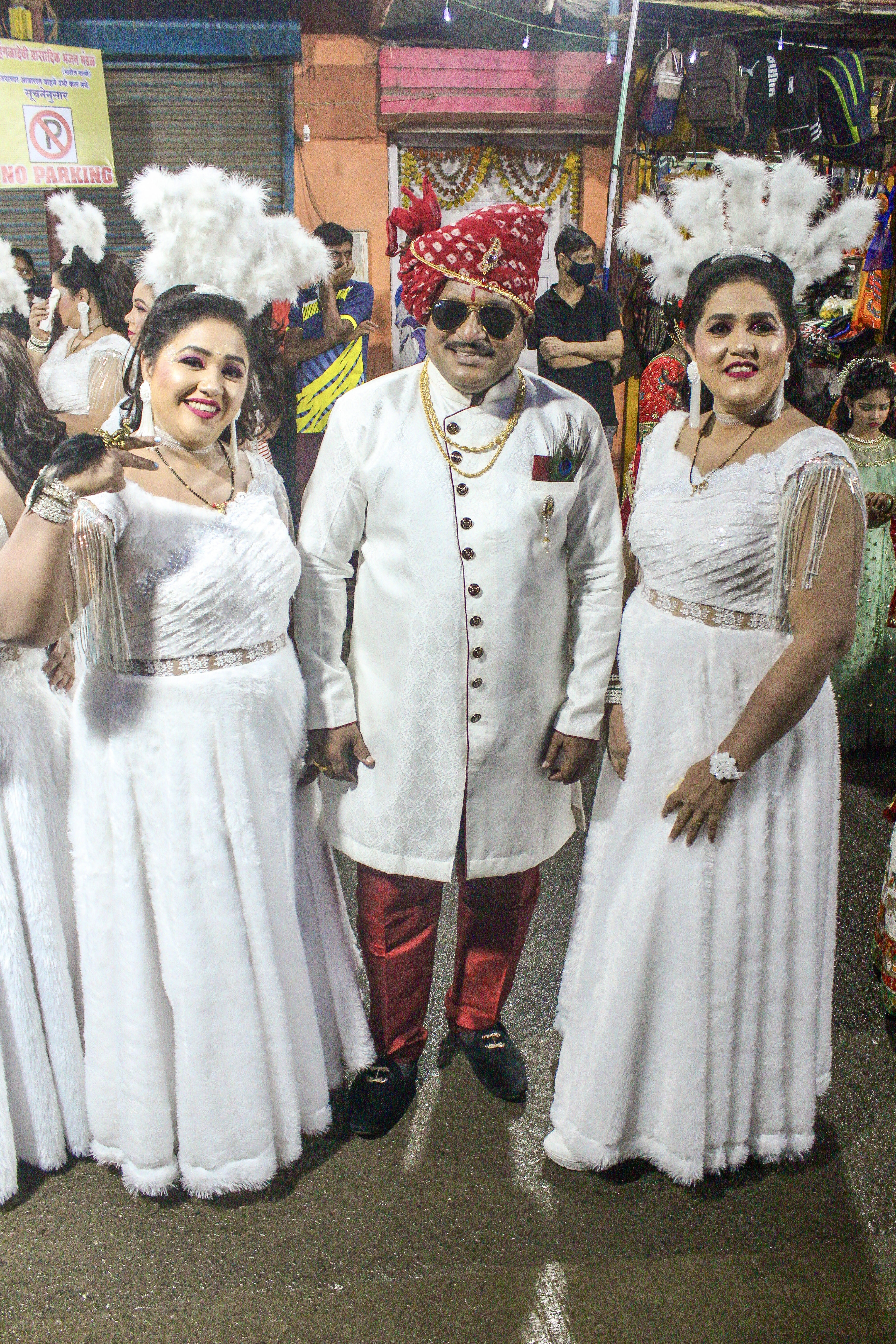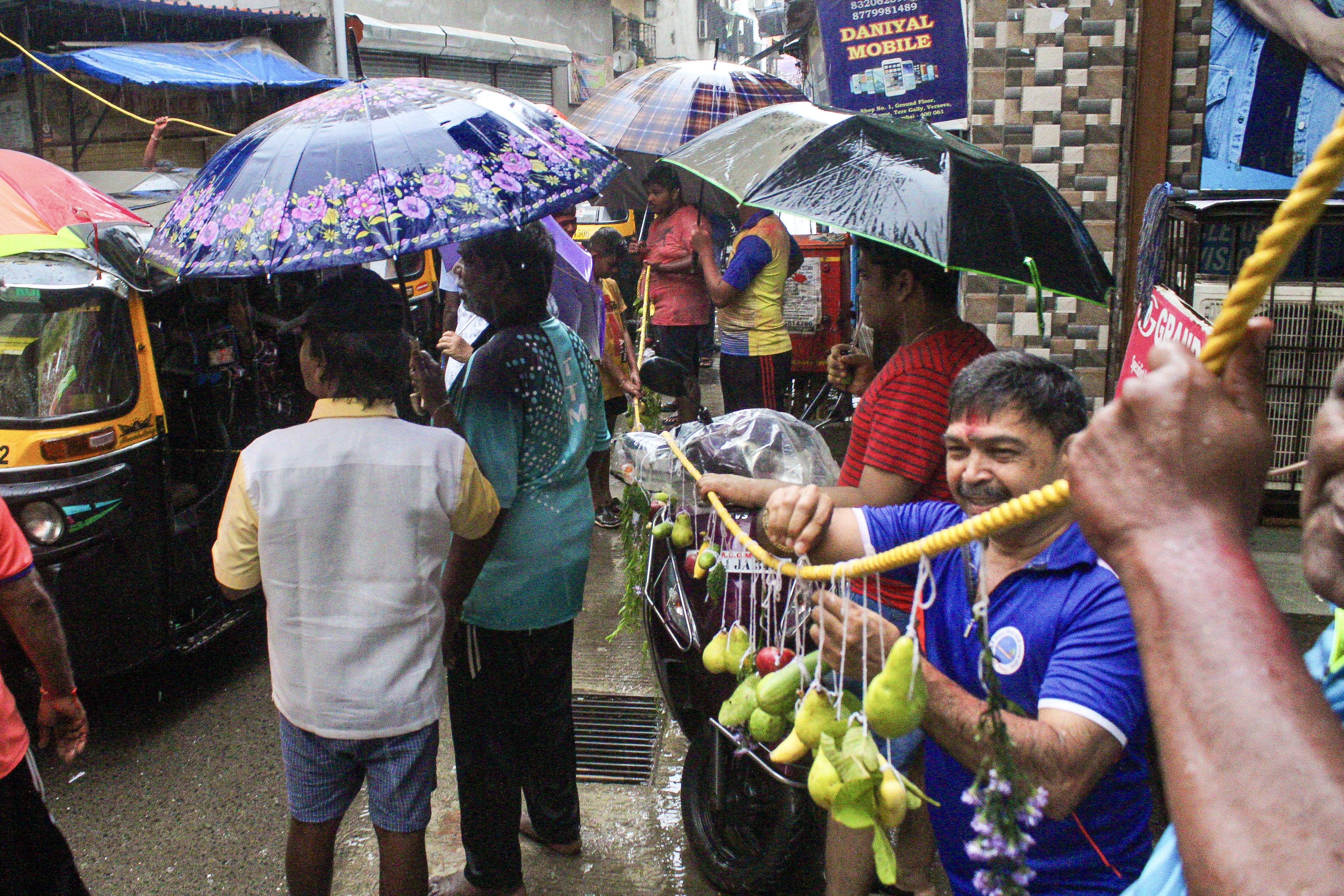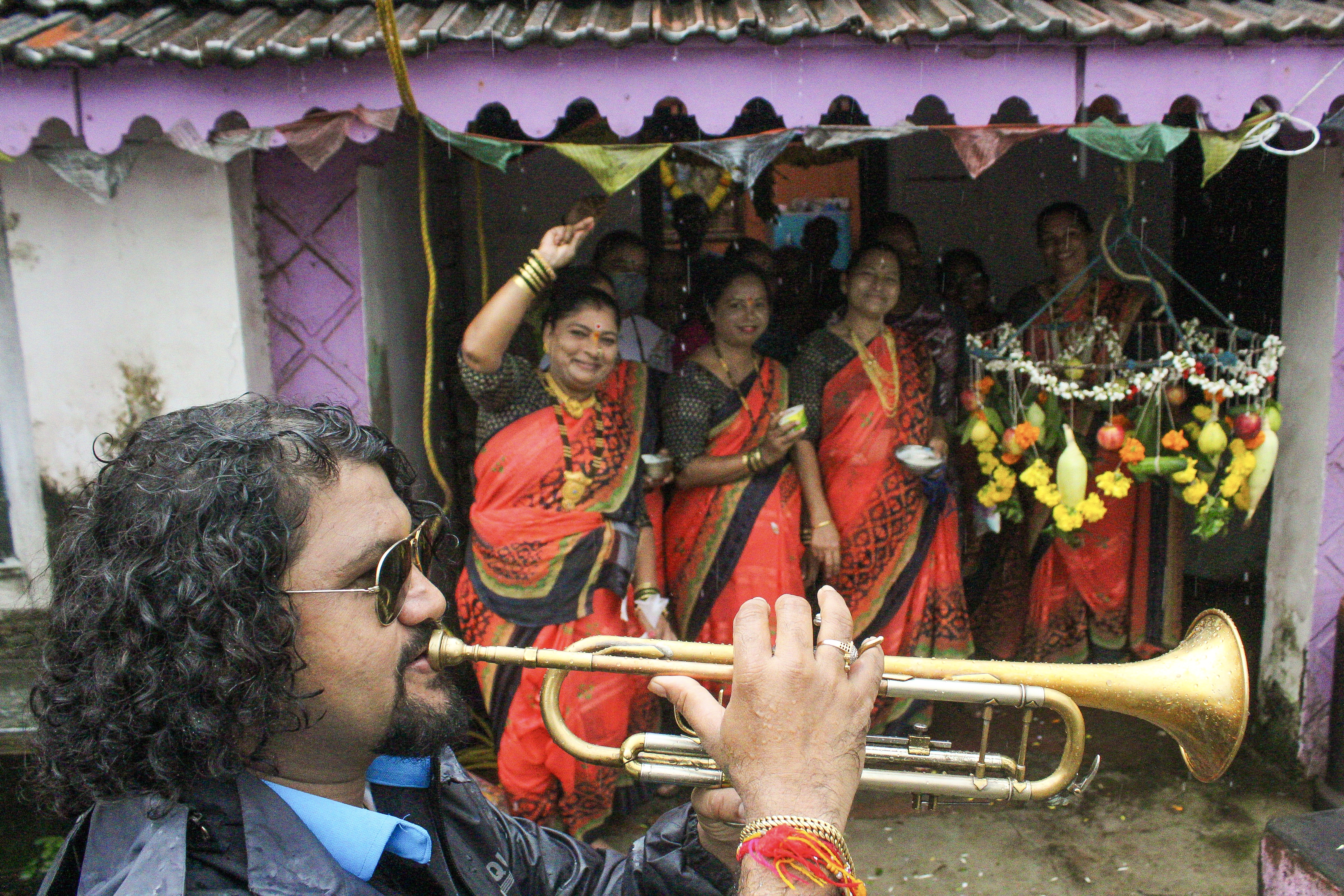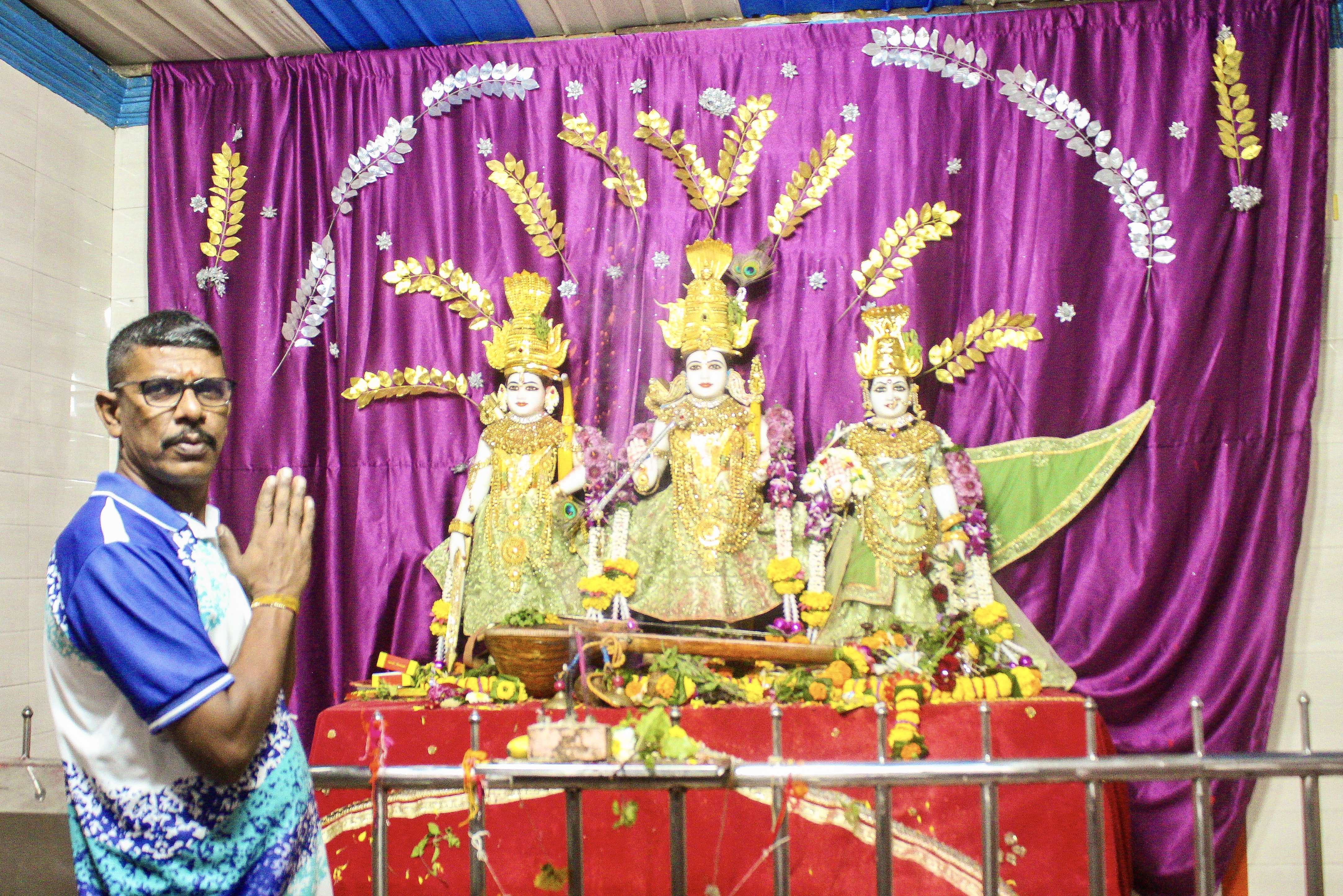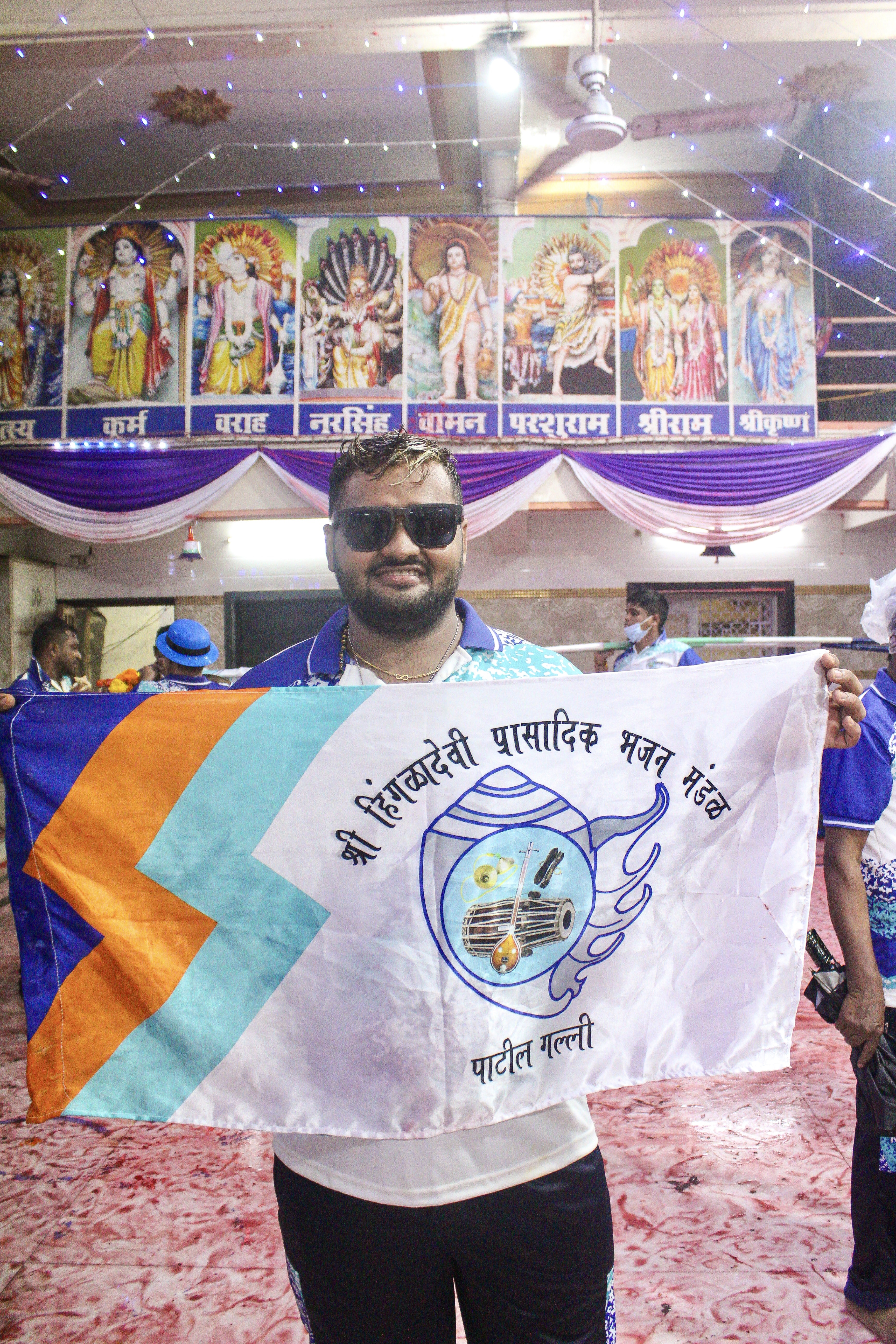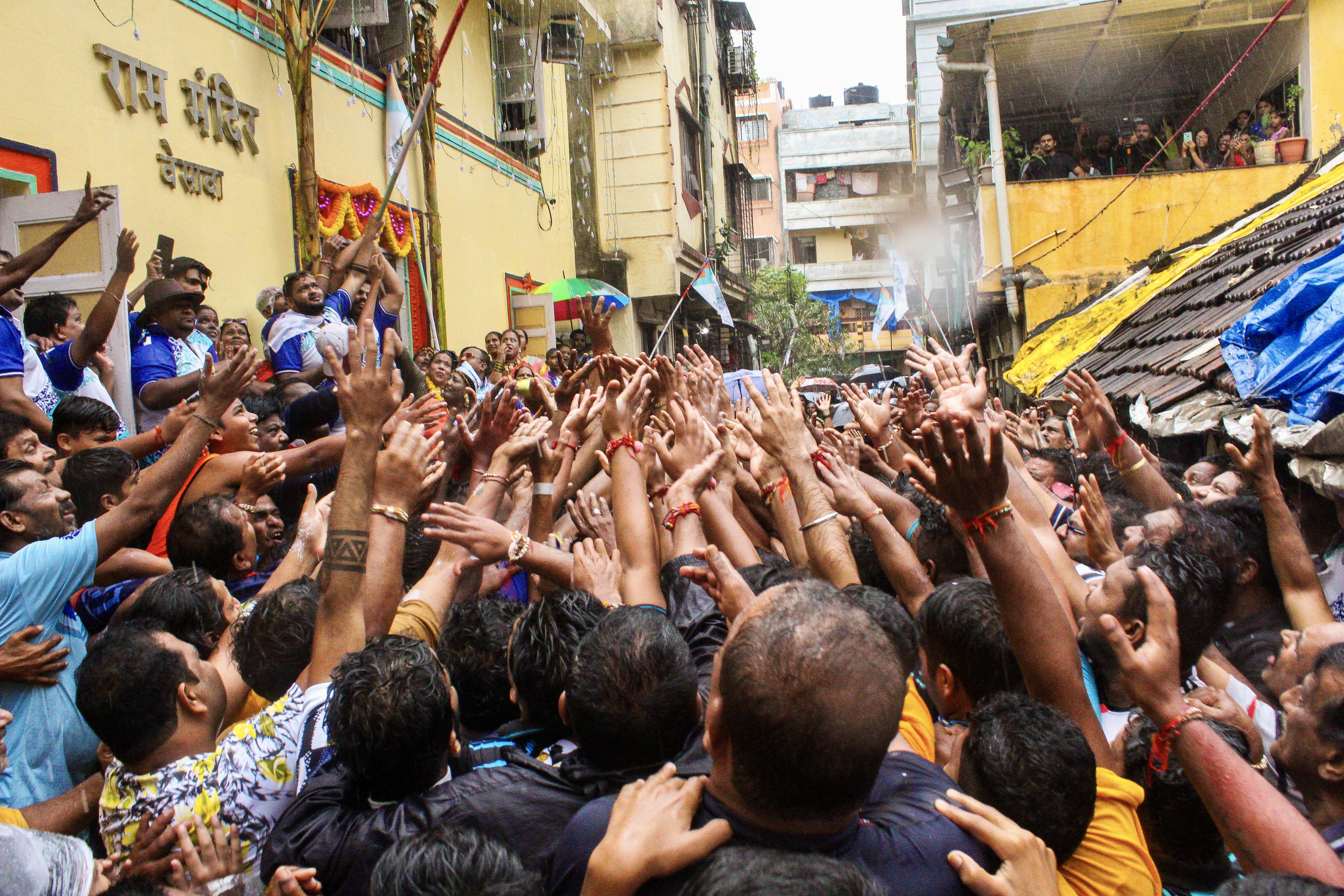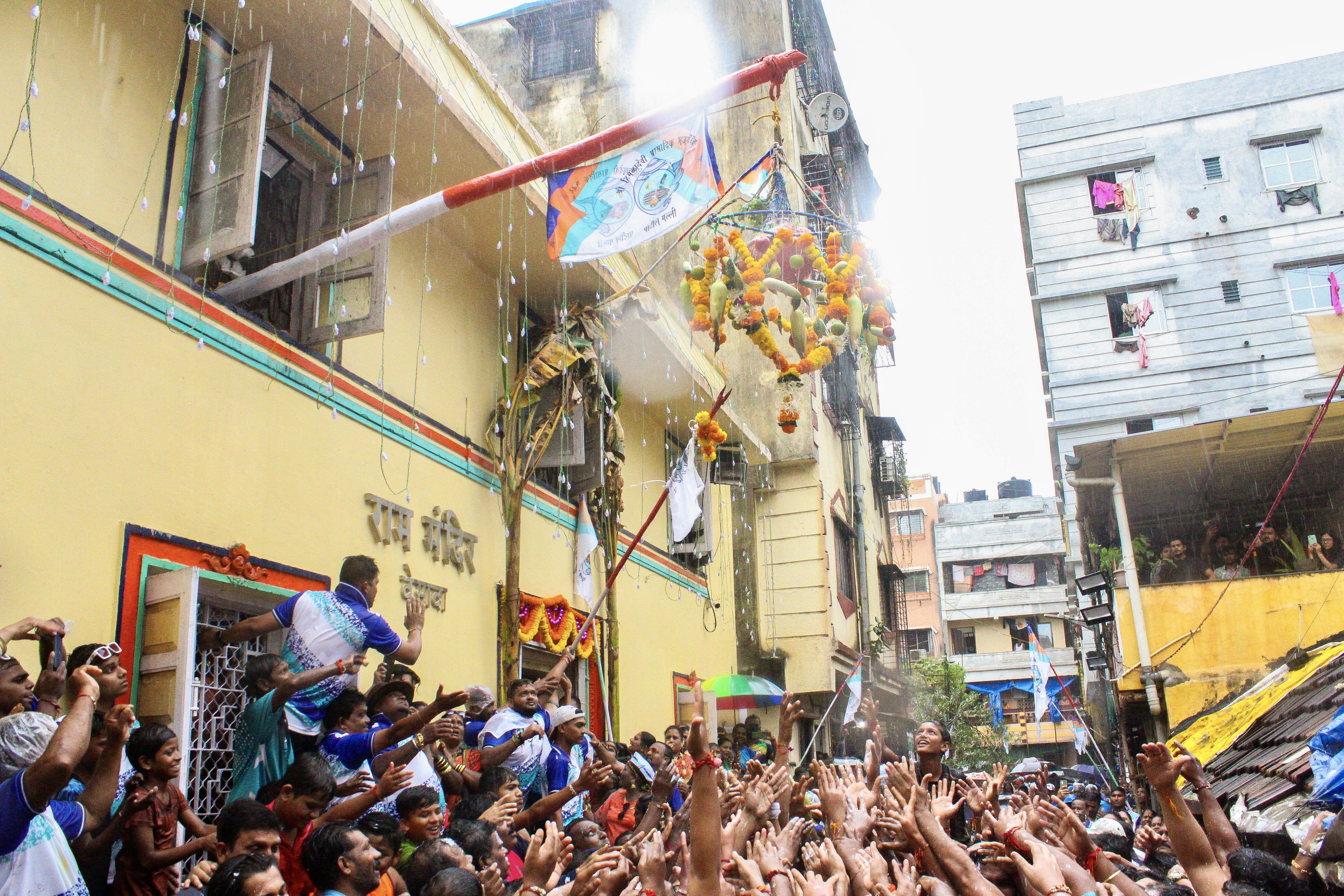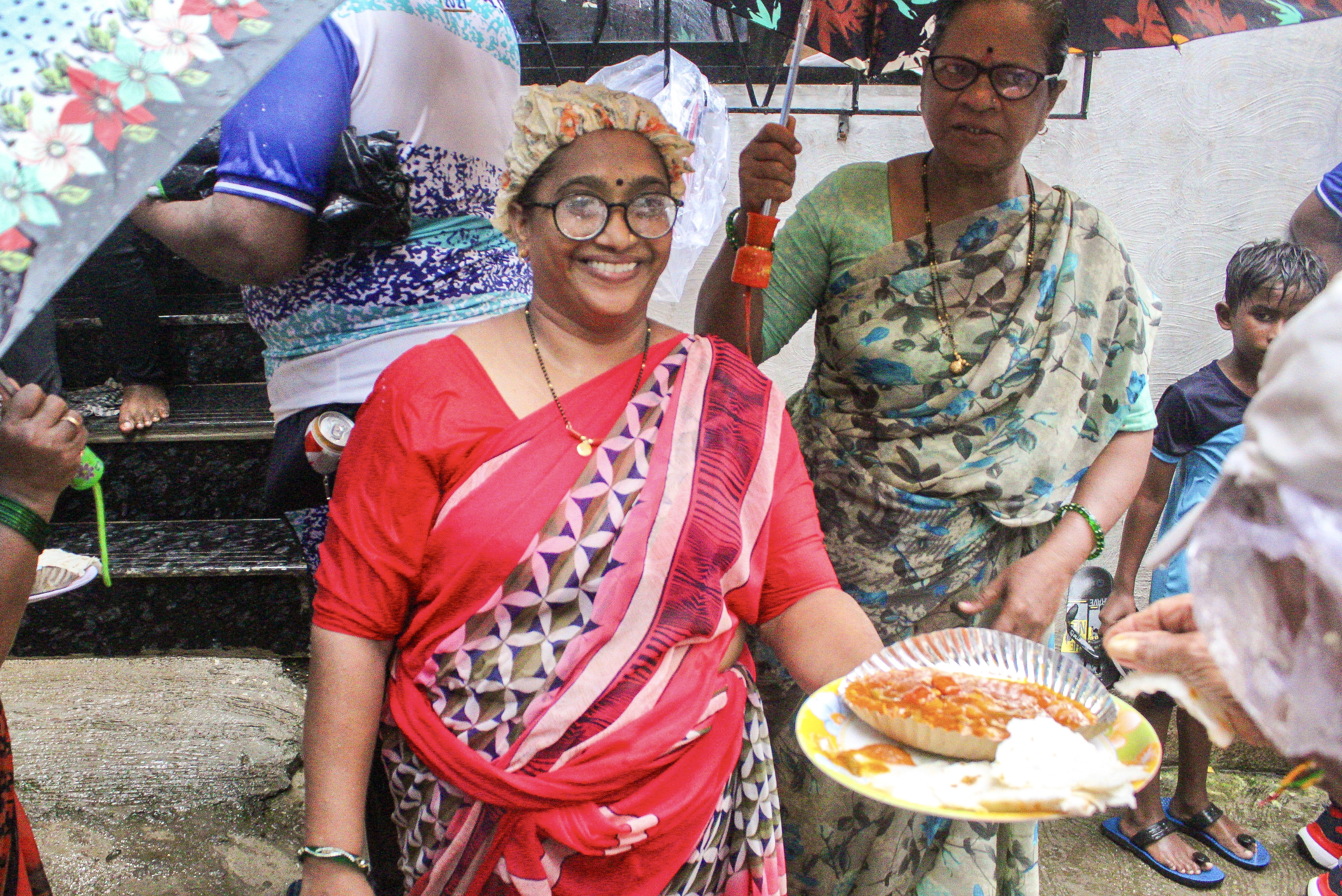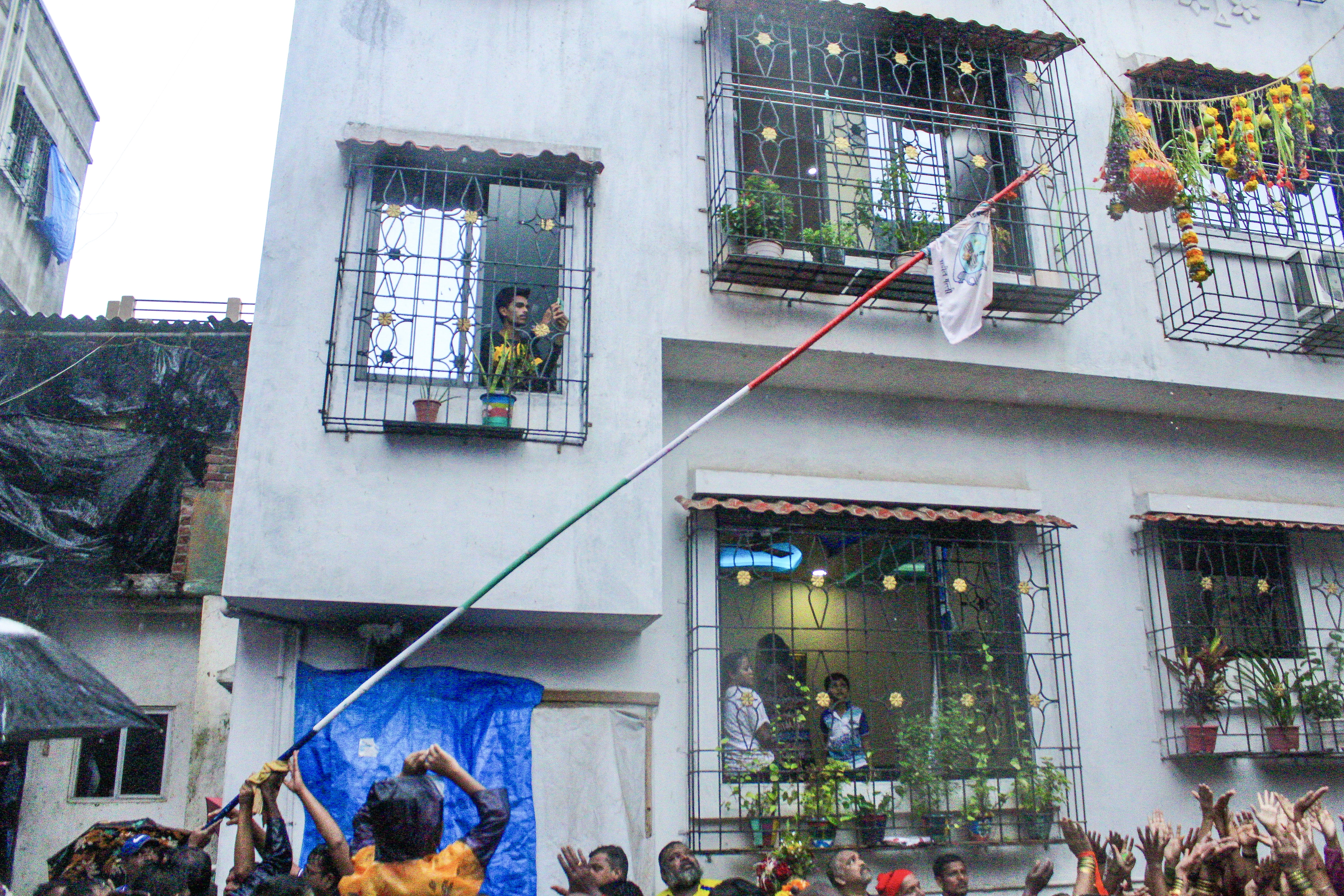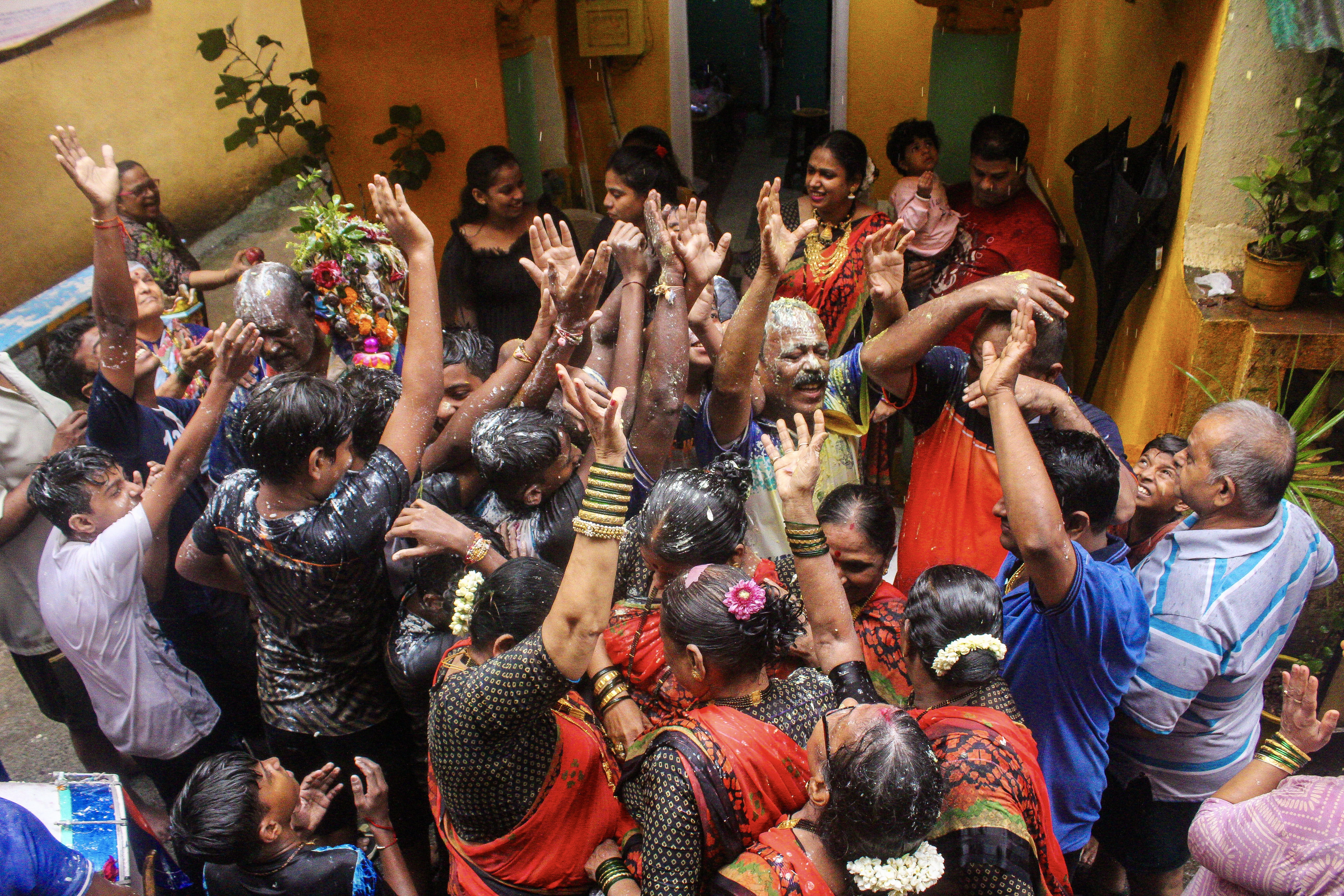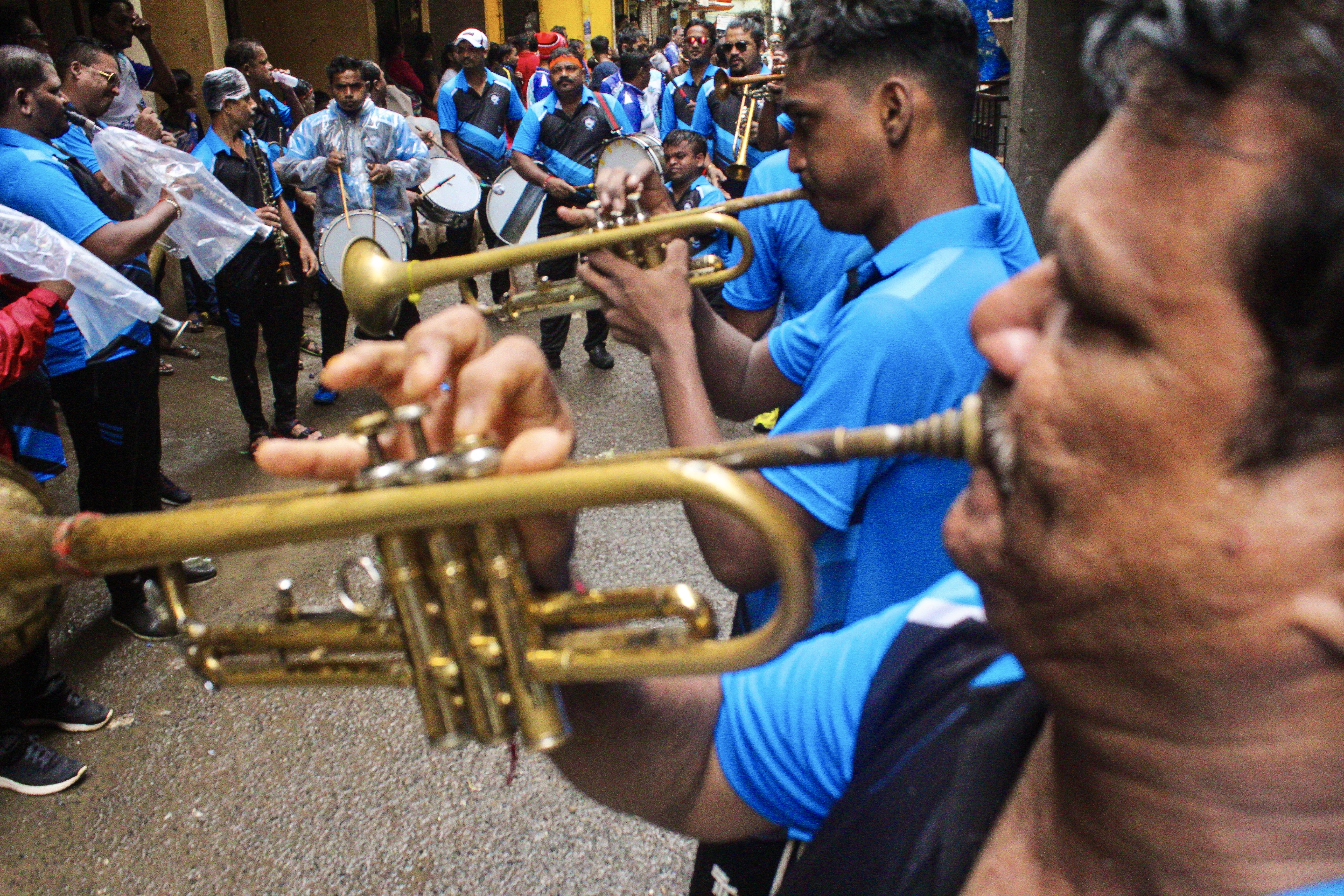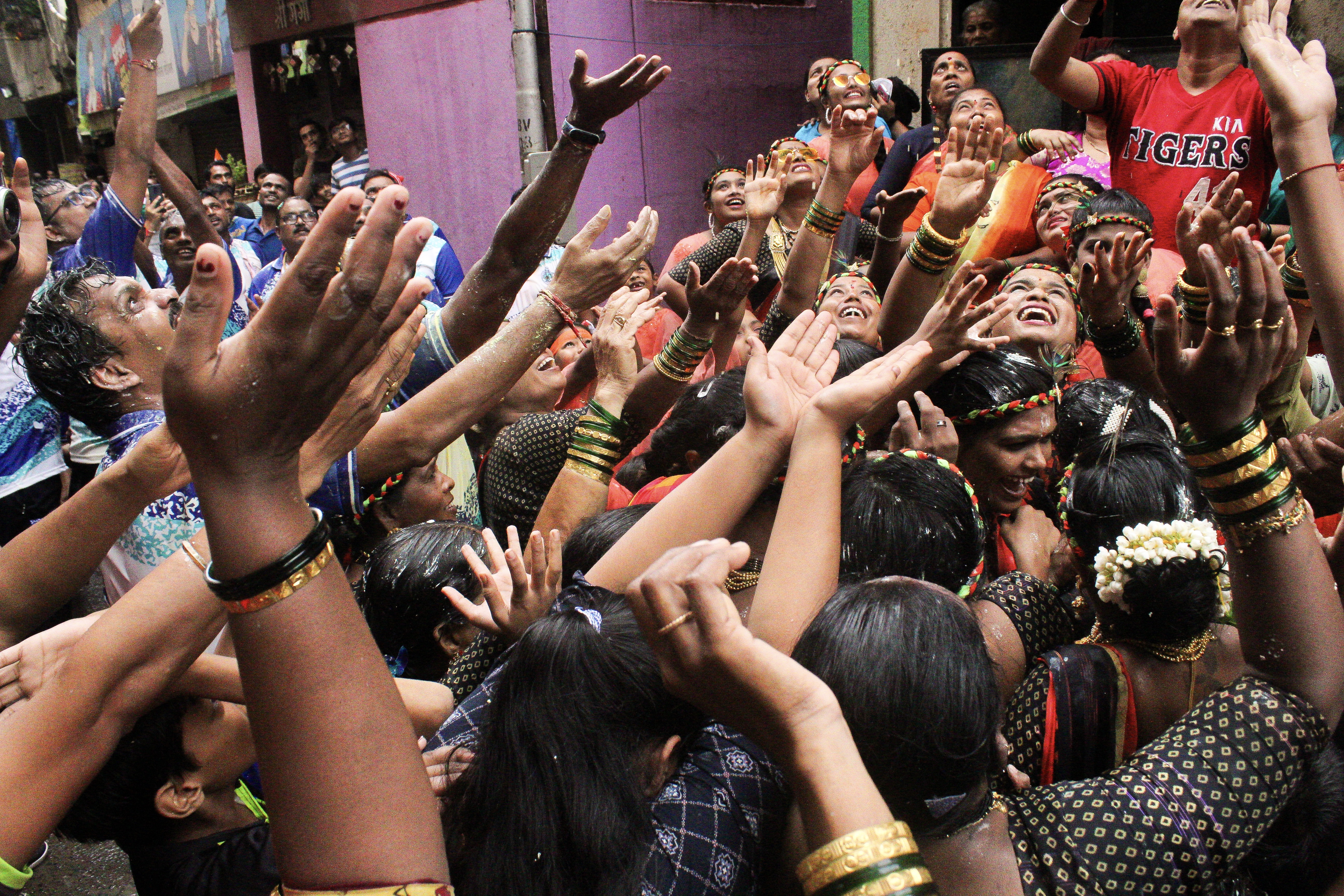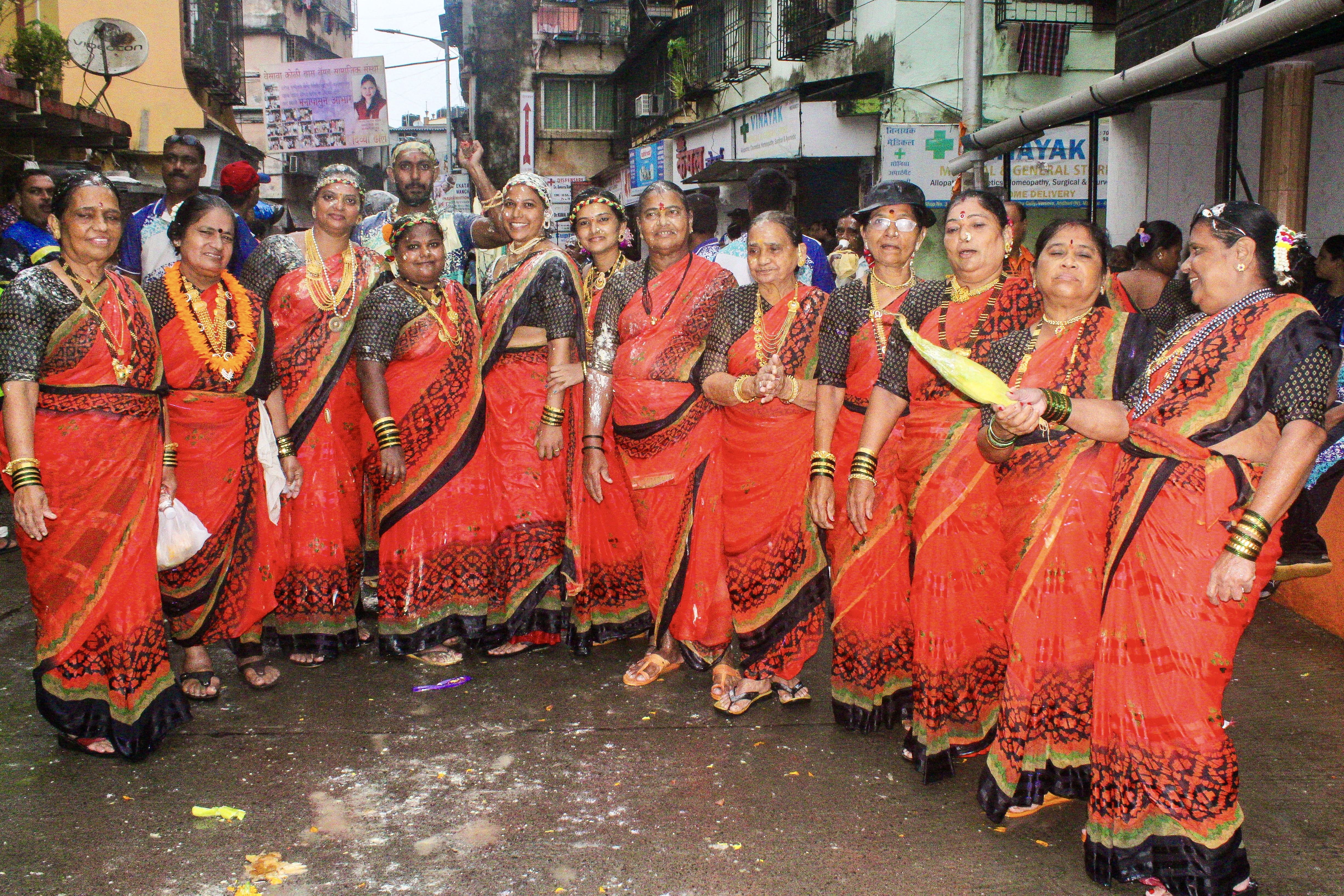The Symbolism and Spiritual Essence of Krishna Janmashtami
Krishna Janmashtami celebrates the janma (divine birth) of Sri Krishna on the eighth day (ashtami) of the Krishna Paksha (dark fortnight) in the month of Bhadrapada according to the Hindu lunar calendar, corresponding to August–September in the Gregorian calendar. Sri Krishna is considered the eighth avatar (incarnation) of Lord Vishnu, who appears on Earth to restore dharma (righteousness) and to protect humanity from evil. Sri Krishna's exploits are central to various Hindu scriptures, including the Mahabharata, the Bhagavad Gita, the Brahma Vaivarta Purana, and the Bhagavata Purana. His philosophy and teachings, especially those in the Bhagavad Gita, emphasize the role of dharma and the importance of living a life of moral integrity and spiritual wisdom. Devotion to Sri Krishna as svayam bhagavan (the Supreme God) is central to the Bhakti movement, which has left an indelible mark on Hinduism and the cultural and spiritual landscape of India.
According to the Harivamsa, Sri Krishna was born in Mathura, where his parents, Devaki and Vasudeva, were imprisoned by Devaki’s brother Kamsa, the tyrannical ruler of Mathura. It was prophesied that Devaki's eighth child would kill Kamsa, prompting him to imprison his sister and brother-in-law and kill their first seven children in jail. On the night of Krishna’s birth, Vasudeva was miraculously freed from his shackles, and he carried the infant Krishna across the Yamuna River to Gokul. At Gokul, Krishna was raised by his foster parents, Nanda and Yashoda, along with his elder brother Balarama. As a child, he would get into trouble for stealing butter and playing pranks on the gopis (milkmaids). His mischievous childhood days in Gokul and Vrindavan form the central theme of the Janmashtami celebrations.
Versova Koliwada, a historic fishing village in Mumbai, comes alive during Krishna Janmashtami, merging traditional Hindu rituals with the local culture of the Koli community, which has its own distinct traditions and customs. Residents of Versova Koliwada are a tightly knit community with strong social bonds and joie de vivre. Janmashtami celebrations at Versova are centred around the Ram Mandir. The main deity of the temple is Lord Ram, along with other deities such as Sita, Lakshman, and Hanuman. In preparation for this day, villagers come together to clean the temple and decorate it with torans (hangings) made with marigolds and mango leaves. Special recitations from the Bhagavad Gita and the Bhagavata Purana are held throughout the day and night. Sri Krishna's divine exploits are praised through the singing of bhajans and kirtans (devotional songs).
Followers of Vaishnavism observe a fast on Krishna Janmashtami, which may vary from complete abstinence from food and water to fruit and milk-based diets. The fast is observed until midnight, believed to be the auspicious moment of Sri Krishna’s birth. At midnight, the Koli community congregates at the Ram Mandir for abhisheka (ritual bathing) amidst the chanting of mantras. The idol of Bal Gopal (infant Krishna) is bathed with milk, honey, ghee, dahi (curd or yoghurt), and water and then adorned with new clothes and jewellery. The Bal Gopal idol is placed in a silver cradle, and devotees swing the cradle while singing lullabies. After the midnight rituals, prasad (blessed food) is distributed among the devotees. This usually includes sweets and traditional dishes prepared from milk and butter.
On the same night, the lanes of Versova transform into a stage for a parade organized by local community leaders and cultural organizations, which involves extensive planning. This is a lively and colourful event that showcases the creative spirit of the Koli community. Participating groups and individuals prepare well in advance, as costumes are designed and specially tailored for the occasion. They are typically custom-made for the individual wearing them. The parade provides an opportunity for participants, especially children, to dress up as historical, mythological, and iconic figures from popular culture. Participants may also wear traditional Koli outfits, showcasing the community's cultural heritage. Women wear the colourful Lugra saree, while men wear dhotis and kurtas, with turbans and angvastra (shoulder cloth). As the parade passes through the lanes, drummers and musicians accompany them, creating a festive atmosphere. In addition, theatrical performances depicting episodes from Krishna’s life, known as Krishna Leela, are also staged.
Krishna Janmashtami is celebrated in diverse forms around India, depending on regional and cultural customs. In Maharashtra, the highlight of Krishna Janmashtami is the Dahi Handi event. During his childhood days in Nandgaon, Krishna was known for his fondness for butter and curd, and he often stole butter. His foster mother, Yashoda, tied the pots of butter and curd high above the ground to prevent him from reaching them. Krishna, along with his friends, formed human pyramids to reach the pots hung high above the ground and break them. Dahi Handi is a re-enactment of this story, where the participants, often young men and boys called govinda (an epithet of Krishna), form human pyramids to reach and break the handi (pot) filled with dahi suspended high above the ground. Given the risks involved in forming high pyramids, local authorities often issue guidelines to ensure the safety of participants, including age restrictions and height limits for the pyramids. For example, at the Dahi Handi event held at the Ram Mandir, the handi is not broken by forming a human pyramid; instead, it is broken by spears.
A frame is designed to hold the handi, decorated with floral garlands and mango leaves. Fruits and vegetables donated by the villagers are also part of the decor. These would be distributed as prasad after the event. Two long bamboo poles are specially fitted with metal spearheads, which will be used to break the handi. The handi, the frame, and the bamboo poles are ceremoniously carried to the Ram Mandir, where they are welcomed by women who perform aarti (the waving of the sacred flame before a deity during prayers) before the items are taken inside the garbagriha (sanctum sanctorum) to receive special blessings from Lord Ram.
Large crowds assemble at the Ram Temple to participate in the Dahi Handi event. Women serve food to the gathered crowds with special dishes made for the occasion, like panjiri, shrikhand, puran poli, kheer, malpua, and poha. The event is accompanied by loud cheers, camaraderie, and an overall joyous, festive atmosphere. The pot is suspended from a height of 20 to 30 feet on the street in front of Ram Temple. Crowds jostle below the pot in anticipation of the curd shower. Metal-tipped bamboo poles are used to poke the pot in an attempt to puncture it. When the pot breaks, the crowd goes in a frenzy to collect the dahi and smear it on their faces and bodies, chanting in unison, "Ala re ala, Govinda ala" (Govinda has arrived). The items are then taken on a procession through the lanes, accompanied by revelry and dancing on the streets.
Dahi Handi events are organized in several places within Versova and across neighbourhoods in Mumbai. Participating teams practice for weeks leading up to the festival to perfect their pyramid formation and balance. Dahi Handi emphasizes the importance of teamwork, unity, and cooperation, as success depends on the coordinated efforts of all the participants. Successful teams are rewarded with prizes, which can range from cash rewards to trophies sponsored by local organizations or community leaders. The competition can be fierce, with teams from different neighbourhoods vying for the prize. Dahi Handi attracts tourists, both domestic and international, who are interested in experiencing the vibrant culture and traditions of the region. Over the years, the event has seen increased commercialization, with corporate sponsorships and extensive media coverage, turning it into a major public spectacle.
Koli women dressed for a parade held on the previous night of Krishna Janmashtami. This is a lively and colourful event that showcases the creative spirit of the Koli community.
Participants in the parade wear specially tailored garments, makeup, jewellery, and accessories. The parades are open and inclusive, where people of all ages, genders, religions, and walks of life participate.
Koli women assemble in front of Sri Hingla Devi temple in Versova village. Hingla Devi (also known as Hingula) is Kuladevata among the Koli community. A Kuladevata is the family deity or patron deity of a particular clan or family.
Traditional outfits showcase the Koli community's cultural heritage. Women wear the colourful Lugra saree, while men wear dhotis and kurtas, with turbans and angvastra (shoulder cloth).
Participating groups and individuals start preparation well in advance, as the costumes are designed and specially tailored for the occasion. They are typically custom-made for the individual wearing them.
The parade provides an opportunity for participants to dress up as famous historical, mythological, and iconic figures from popular culture. This group is wearing masks and costumes from the Spanish crime drama television series Money Heist. The masks are based on the famous portrait of the Spanish painter Salvador Dalí.
The parade is typically organized by local community leaders and cultural organizations and involves extensive planning and preparation well in advance of the event.
On the day of Janmashtami, villagers come together to decorate the lanes with torans (hangings) made with marigolds, fruits, and mango leaves.
The dahi (curd or yogurt) is donated by the villagers and collected in the handi (pot). In its consecrated form, the dahi is a form of prasad (blessed food) that is distributed among the devotees.
A circular frame is designed to hold the pot, decorated with floral garlands and mango leaves. Fruits and vegetables donated by villagers are also part of the decor. These would be distributed as prasada after the event.
Versova Koliwada comes alive during Krishna Janmashtami, merging traditional Hindu rituals with the local culture of the Koli community and its distinct traditions and customs, in which music plays a key role.
Janmashtami celebrations at Versova are centred around the Ram Mandir. The main deity of the temple is Lord Ram, along with other deities such as Sita, Lakshman, and Hanuman.
At midnight, the Koli community congregates at the Ram Mandir for abhisheka (ritual bathing) amidst the chanting of mantras. The idol of Bal Gopal (infant Krishna) is bathed with milk, honey, ghee, dahi (curd or yogurt), and water and adorned with new clothes and jewellery. The Bal Gopal idol is placed in a silver cradle, and devotees swing the cradle while singing lullabies.
A band member is holding a banner of Sri Hinglay Devi Prasadhik Bhajan Mandal. Sri Krishna's divine exploits are praised through the singing of devotional bhajans and kirtans.
Large crowds assemble at the Ram Temple to participate in the Dahi Handi event. They jostle below the pot in anticipation of the shower of dahi (curd or yoghurt).
During the Dahi Handi event outside the Ram Mandir, the handi (pot) is not broken by forming a human pyramid; instead, it is broken by bamboo spears. As a safety measure, the pot is placed in a netted bag to prevent injuries from falling shards.
Women serve food to the gathered crowds with special dishes made for the occasion, like panjiri, shrikhand, puran poli, kheer, malpua, and poha.
The pot is suspended 20 to 30 feet above the ground. Bamboo poles tipped with spearheads are used to poke the pot in an attempt to puncture it.

Every neighbourhood has its own band which enlivens the occasion with their musical performances.
Krishna Janmashtami is not only a celebration of Sri Krishna's birth but also an expression of bhakti (devotional love) by his devotees, which is an integral part of Krishna’s leela (divine play).
The Warkari singer is playing a tanpura (pictured on the right) and khartal (pictured on the left). In Maharashtra, the Warkaris are a sampradaya (sect) within the Bhakti spiritual tradition who worship Vitthal (also known as Vithoba), the presiding deity of Pandharpur, regarded as a form of Lord Vishnu.
The procession makes its way through the lanes of Versova Koliwada, accompanied by revelry and dancing on the streets. Though organized by the Kolis, people from all communities join the festivities.
Dahi Handi attracts tourists, both domestic and international, who are interested in experiencing the vibrant culture and traditions of the region. Ever attentive to the needs of guests, Koli women provide drinks and refreshments.
When the pot is broken, the crowd goes in a frenzy to collect the dahi (curd or yogurt) and smear it on their faces and bodies, chanting in unison, "Ala re ala, Govinda ala" (Govinda has arrived).
Devotion to Sri Krishna as svayam bhagavan (the Supreme God) is central to the Bhakti movement, which has left an indelible mark on Hinduism and the cultural and spiritual landscape of India.
The residents of Versova Koliwada are a tightly knit community with strong social bonds and joie de vivre.
